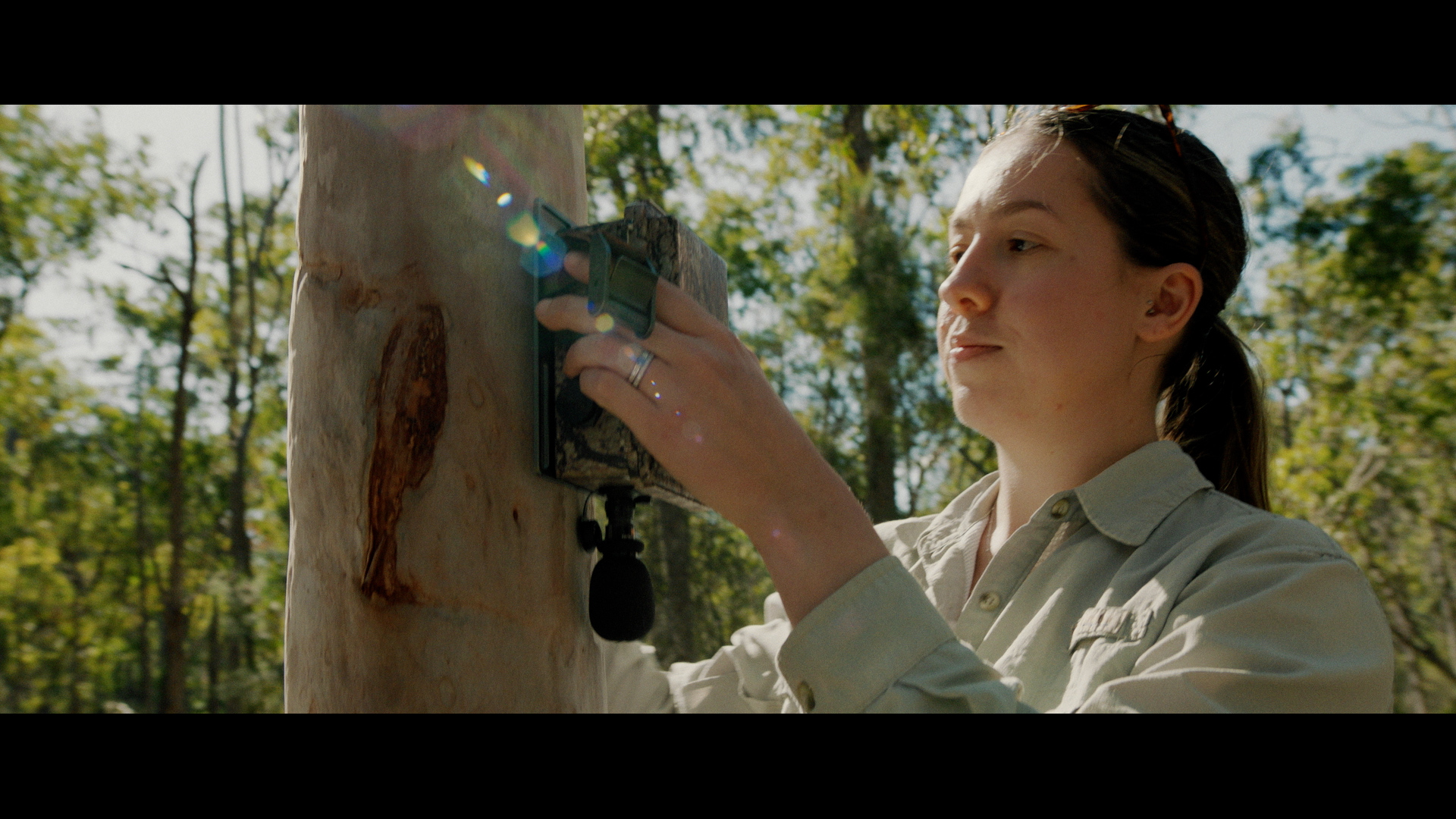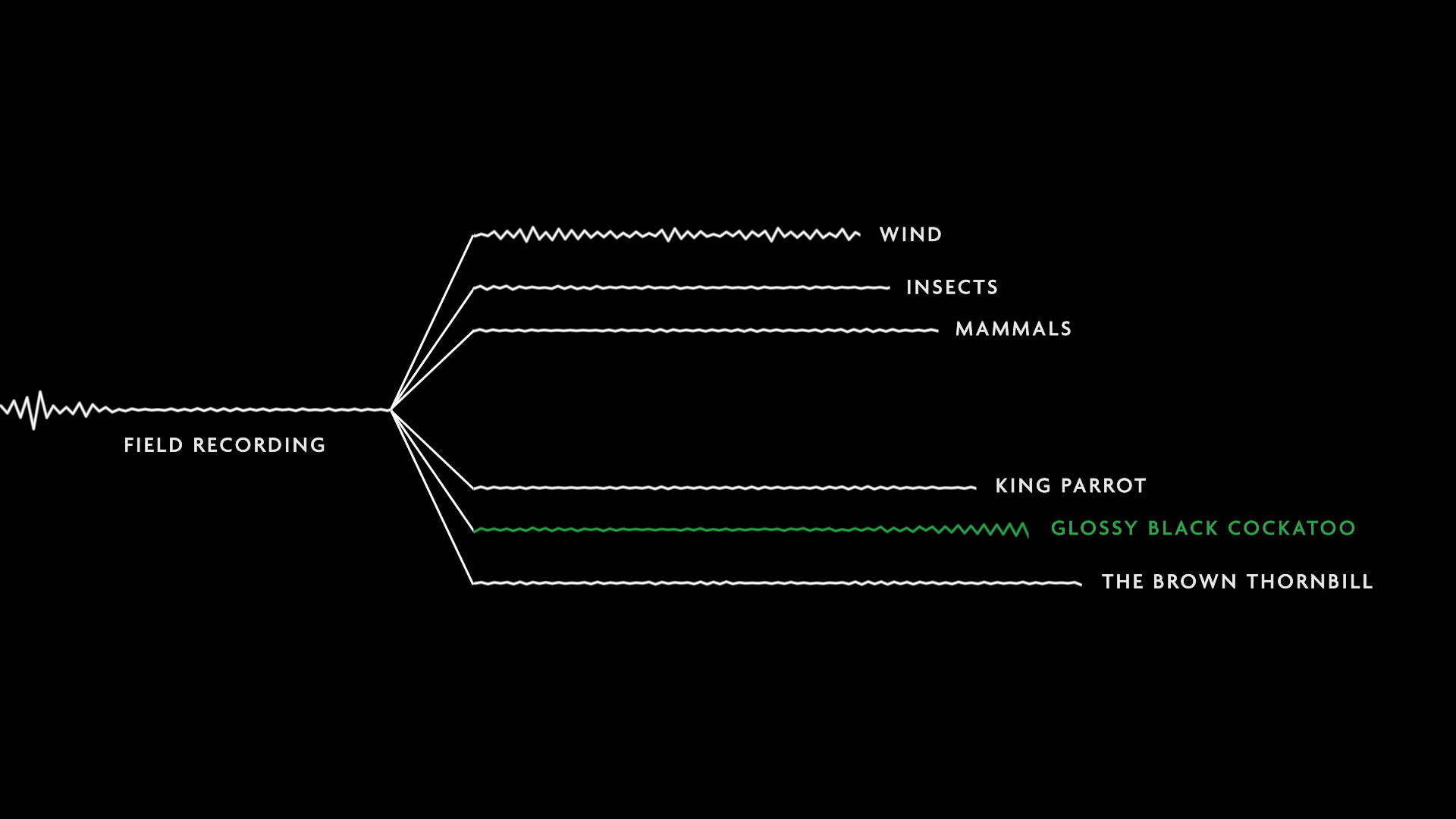Google Australia has partnered with the QUT and the Australian Acoustics Observatory (A2O) to develop an AI model using automatic audio detection to identify and monitor bird species.
The collaboration is part of Google's Digital Future Initiative – a five-year investment in Australian infrastructure, research and partnerships.
Since 2019, the QUT-based A20 project has captured more than 17 million hours of raw audio, collected through a national network of recorders. Traditionally, experts have manually reviewed recordings to identify bird sounds, which is a painstaking and time-consuming process.
To meet this challenge, Google and QUT have collaborated to explore an AI solution to improve the efficiency and accuracy of audio analysis by studying recordings of the Glossy Black Cockatoo, a threatened bird species found along the entire east coast of Australia as well as on Kangaroo Island in South Australia. The model automatically separates, enhances, and completely isolates the species' sounds – filtering out surrounding noise such as wind and insects.
Professor Paul Roe, Head of QUT's School of Computer Science and the Lead Researcher at A20 said Google's model was producing impressive results, even picking up very faint calls of the bird that would often be easily missed by more traditional methods of identification.
"Knowing the presence of certain birds, like the threatened Glossy Black Cockatoo, helps scientists understand and monitor their movements and how they are adapting. This helps those responsible make more informed decisions about land management and biodiversity protection," Professor Roe said.
Dr Daniella Teixeira, ecologist, and Research Fellow at QUT, said Australia's natural ecosystems are under threat due to the rise of invasive species, climate change, expanding human development, deforestation, bush fires, and many other factors.

"As a nation, we have a responsibility to understand how our species and environments are impacted, and what else we can do to protect them. Birds are often considered indicators of ecosystem condition because many species respond to changes in the environment," Dr Teixeira said.
Tom Denton, a Software Engineer at Google, said the collaboration shows new opportunities for the real-world application of AI technology in Australia.
"Google is excited to be working with QUT and A20 to explore AI solutions to monitor threatened or endangered species, with the shared goal to better understand and protect Australia's biodiversity," said Mr Denton.
"This collaboration is part of Google's broader commitment to build a stronger digital future for all Australians. It highlights the potential for AI to help tackle complex challenges and explore new territories in this important field of research."

The new partnership will help researchers to produce high-quality range maps for Australian species and enable conservationists and ecologists to locate species of interest easily.
Researchers will look to extend these tools to identify both threatened (such as koalas) and invasive species, including cane toads, Asian house geckos and Indian myna birds.
The model is open sourced to help with conservation efforts across Australia and to protect the country's natural wonders and rich biodiversity.
Main image: Professor Paul Roe and Dr Daniella Teixeira check equipment in the field






